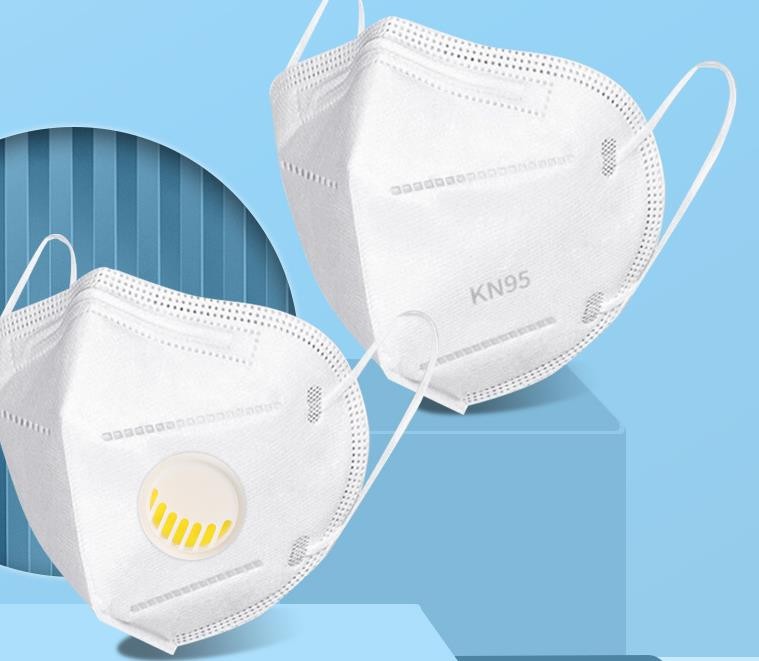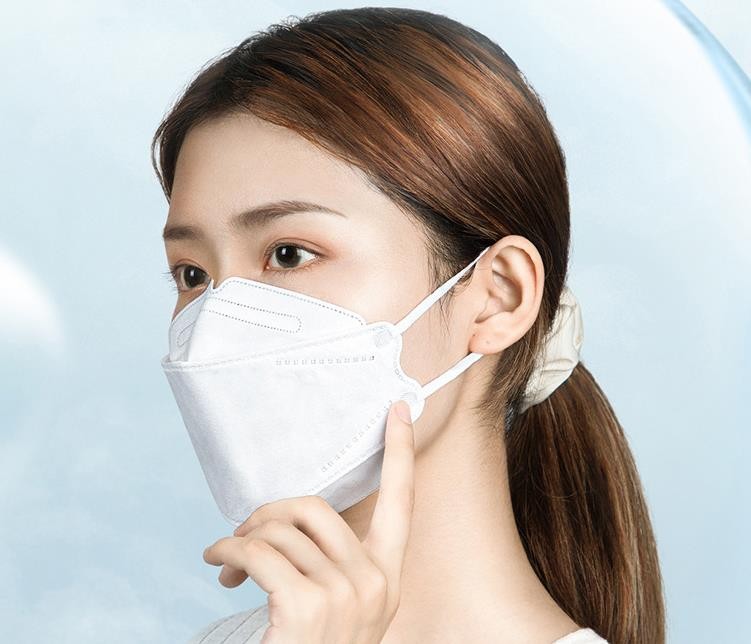Under the influence of the COVID-19, wearing masks has become a basic means of anti-virus. In order to improve the front-line staff and the masses' understanding of medical mask, this paper analyzes the protective performance of medical protective mask in detail.
Filtration efficiency refers to the percentage of particles in the air filtered by the mask under the specified detection conditions. This is not only an important factor to determine the filtering and protective performance of masks, but also the fundamental factor to block viruses in the air. It is divided into bacterial filtration efficiency (BFE) and particle filtration efficiency (PFE). PFE can also be divided into oily and non oily particle filtration efficiency. In terms of protective effect, most of the non oily particles that need to be blocked by the medical protective mask are droplets, aerosols, splashes and so on, so there is no need to evaluate the BFE and oily particle filtration efficiency projects. The higher the filtration efficiency of similar masks, the stronger the ability to filter and block the fine particles in the air. The article in the New England Journal in February 2020 confirmed that the diameter of covid-19 is 60~140nm, and the particle diameter detected by the mask is larger than that of novel coronavirus. However, the virus cannot survive away from the host for a long time, and it needs to attach to droplets and aerosols for droplet and aerosol transmission. Therefore, its filtration efficiency plays an important role in blocking the transmission of novel coronavirus in the air. It provides absolute protection when medical staff directly contact people infected with covid-19 or provide them with ventilator and extracorporeal membrane oxygenation (ECMO) treatment.
Anti blood penetration is an important protective index of medical protective articles. In the event of splashing, splashing or splashing of blood and body fluids, this performance of the mask can reduce the contact level between the blood and the wearer, reduce the risk of blood borne pathogens, and protect medical staff from blood or other body fluids. Doctors will inevitably splash patients' blood and body fluids during surgery. Wearing a medical protective mask with anti blood penetration or a medical surgical mask can prevent blood from splashing onto the doctor's face and causing occupational exposure, but it is preferred to wear this mask in thoracic surgery or highly infectious surgery (such as covid-19).

The surface moisture resistance of respirators refers to the resistance of respirators to being wetted or penetrated by water. The surface moisture resistance is usually measured by the degree of wetting. The surface moisture resistance reflects the ability of medical protective mask to isolate liquids, effectively reduce the risk of infectious occupational exposure caused by splashing of body fluids, secretions and other splashes to medical staff, and better protect the safety of medical staff. Its nature and protective performance are similar to that of anti blood penetration.
The tightness reflects the tightness between the mask and the face of a specific user, mainly depending on the shape and size of the mask, and whether it matches the wearer's face shape: wearing a mask with an inappropriate size or that does not match the face shape will not only affect the tightness, but also greatly reduce the comfort. The shape has a great impact on the tightness between the mask and the user's face. If the face and the mask cannot fit closely when wearing the mask, the external air will enter the human respiratory tract from the gap between the mask and the face without passing through the isolation filter layer, thus greatly reducing the protective performance of the mask. The fitness factor refers to the ratio of the concentration of the external inspection agent of the mask to the concentration leaked into the internal when people wear the mask for fitness test. Its size reflects the fitness of the mask. According to the OSHA respiratory protection standard requirements, the fitness factor needs to be ≥ 100 to indicate that the fitness of the mask meets the protection requirements, which can play a good protective role for the wearer. High risk exposed personnel wear a medical protective mask with good tightness and suitability, and the mask will be close to their face. Wearing it for a long time will cause discomfort such as strangulation marks on their face and ears and dyspnea, but in this way, it can be ensured that the air they exhale and inhale has been filtered by the filter layer, blocking the novel coronavirus that may be carried by droplets and aerosols in the air.

Medical protective mask has a good filtering and protection effect on droplets, aerosols, body fluids, blood, secretions, splashes, etc., which is closely related to the protective performance of medical mask.
Comment(0)
You can comment after
SIGN IN